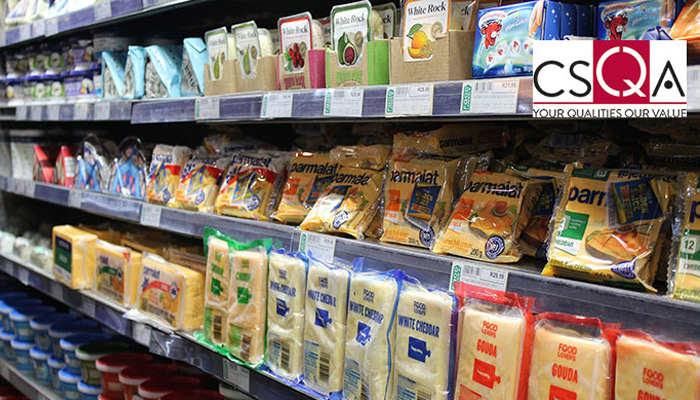
The definition of Food Security (SA) given by FAO (2003) "...food security exists when all people at all times have physical, social and economic access to nutritious, wholesome and sufficient food to satisfy their dietary and food preferences for an active and healthy life".
From this point of view, a global body, such as the FAO, goes beyond the simple basic concept of food needs, but also attributes to food a function that until a few years ago was little valued, such as the social one or that linked to dietary satisfaction, in the broad sense of the term, in order to be able to lead a healthy, i.e. active and healthy life. We are precisely in the third millennium, and it is timely and correct to also respond to needs that perhaps lie on the slightly higher rungs of the famous Maslownian scale of needs.
Obviously the issue of total availability and true access to food and water have not been resolved on a global level, nor that of the health of food. From all sides we are surrounded by information (more or less manipulated) of withdrawals from the market of dangerous food, of warnings on what to eat or what to avoid; we are in the fat market of information "all and for everyone", but in this situation of collective delirium of alerts there is a kernel of truth: not all foods and beverages are perfect and give the same guarantees of healthiness and safety.
The ISO 22000 standard was published in 2005 to help food and beverage manufacturing companies deal with the issue of SA in an exhaustive and complete manner, revised and finally republished in June 2018 after more than 13 years of certifications on the world market. In its introduction explicit reference is made to the Plan-Do-Check-Act approach and to the Risk-Based-Thinking introduced by 9001:2015. Also figuratively they have managed to illustrate in Figure 1 the general PDCA cycle of the organization where, within the "Do" phase, another PDCA cycle, specific to Food safety, is inserted in an original and graphically satisfying way.

The reference to 9001 is total, just as it was for the 2005 edition, built in a specular way on the requirements of ISO 9001:2000. Even the original principles have been integrated with the seven defined by 9001. We therefore find the same setting of the High Level Structure of the 9001:2015 edition.
When developing the requirements, it is very easy to retrace (in chapter 4) the analysis of the context, the mapping of the stakeholders, and then (in chapter 6) the logical conclusion with the analysis of the Risks/Opportunities and the consequent specific actions, obviously always in terms of the SA management system. At the level of Requirement 5 they have finally introduced the concept of Continuous Improvement in the Policy chapter, first forgotten in the 2005 edition.
At the level of chapter 7 (Support), in the note to chap. 7.1.4 relating to the work environment, are expressly mentioned, as elements capable of influencing and interacting with physical factors (temperature, humidity, lighting, hygiene, etc.), including social factors (no discrimination, no conflicts, no abuses) and psychological ones (prevention of burnout, reduction of work-related stress); it is a real encroachment into fields that only apparently seem distant from the SA.
In fact, being able to have motivated, mentally healthy, calm and, dare we say, even happy staff would be a good starting point not only for the SA but for the structure of the organization itself. In the chap. 8 (Operation) reference is made (and full reference is made) to the ISO/TS22002 series Standards which outline the applicable PRPs. Furthermore, the chapter has been revised. 8.5.2.4 which, similarly to chap. 7.4.4 of the 2005 edition, helps classify Control Measures into PRPop or CCP. As known, this is the heart and typicality of Norma.
In the new edition there is a simplification of the categorization criteria which are now easier and more immediate to apply, but the setting is the same; the only difference is that, outgoing from the categorization of control measures, either PRPop or CCP will arise and no longer, as previously, the measure could enter the HACCP plan and therefore, at least in theory, it should also have been submitted to the decision tree of the Codex Alimentarius. No substantial changes have been made to the remaining Chapters 9 and 10.
Ultimately, the substantial changes can be summarized as follows:
- in alignment with ISO 9001:2015 for the structure part with consequent rewriting and reallocation of the previous requirements in the new chapters,
- changing the selection and categorization of control measures.